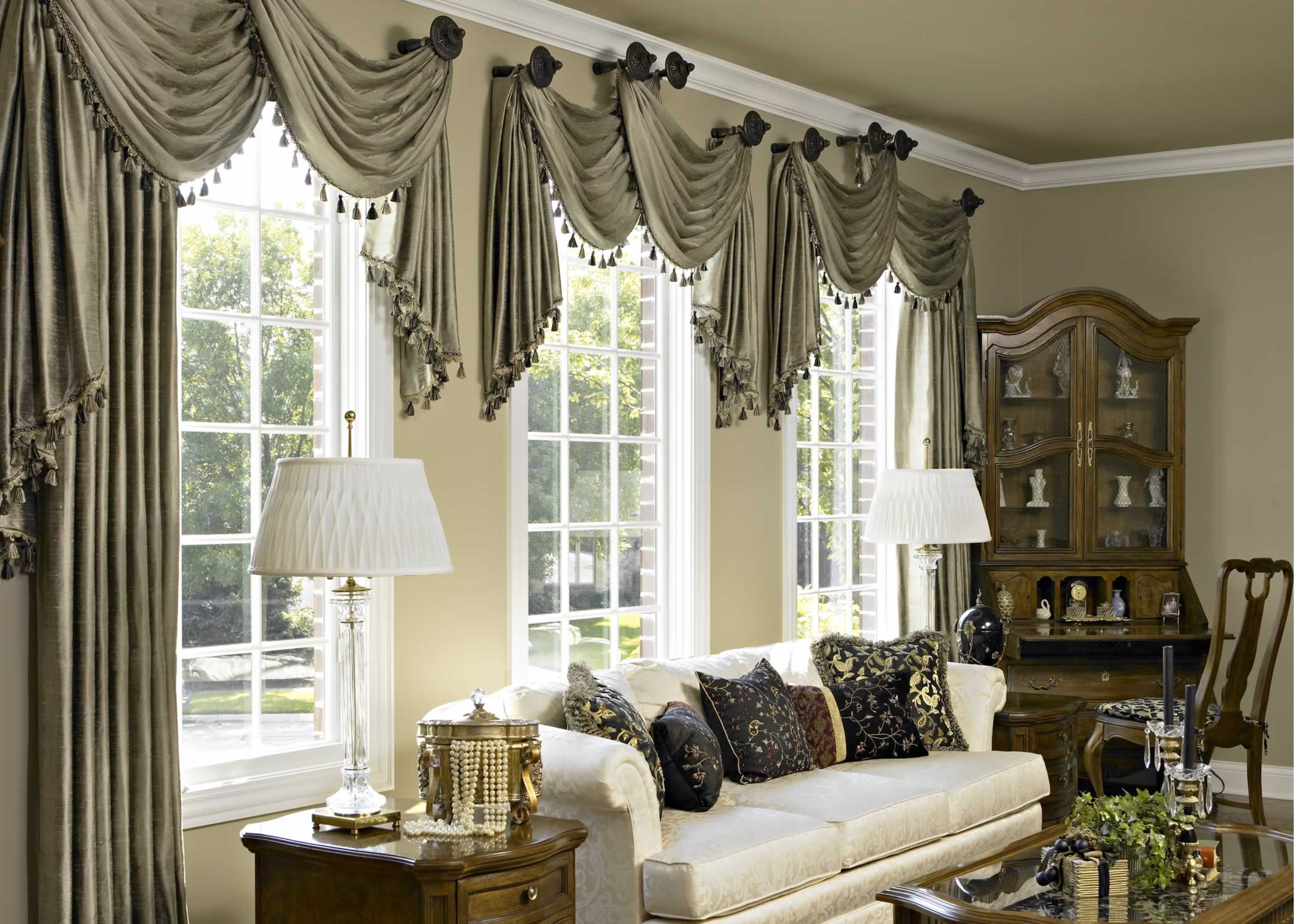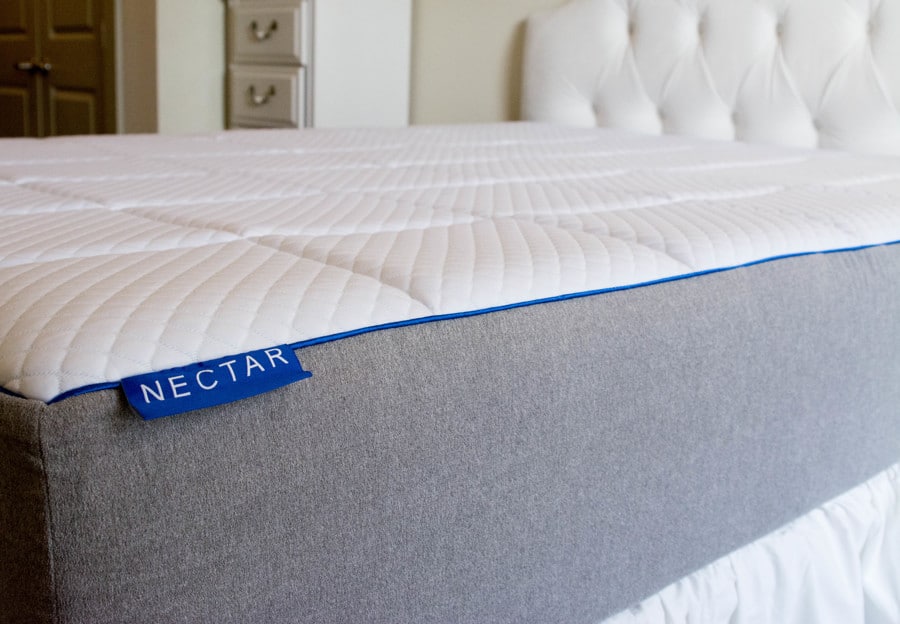When it comes to kitchen design, investing in quality cabinetry and storage solutions is of the utmost importance. Custom cabinetry crafted from the best materials available will not only last longer, but it will also add a sleek touch to any kitchen while helping to maximize space. In addition, it’s easy to add matching mouldings and additional features like spice racks and open shelving. Custom cabinetry is an investment that will pay off in the long run with more storage and visual appeal.Do: Invest in Quality Cabinetry
Choosing the right kitchen appliances is an integral part of creating an efficient and attractive space. Buyers should consider the size of the appliance, the amount of the countertop space it will take up, and its overall energy efficiency. It’s also important to select appliances with enough features and power to meet all your needs. Before purchasing appliances, make sure to measure the kitchen’s layout to ensure the appliances fit comfortably.Do: Choose the Right Appliances
The walls are a great resource for adding extra storage and maximizing space. Utilizing wall space can help organize kitchen items like utensils, pans, and cookbooks more effectively. In addition, wall-mounted cabinets can add a stylish touch while cleverly hiding away cabinets and drawers. Wall storage systems are also a great way to display dishes and spices.Do: Utilize the Walls
When it comes to kitchen design, it’s important to balance form and function. This is especially true when working in tight quarters and trying to make the most out of the space. To keep a kitchen functional, try selecting appliances and fixtures that meet your unique needs. And from a design perspective, look for items that blend style and functionality. Lighting and color can play a major role in helping to complete the look and feel of a kitchen.Do: Balance Form and Function
Creating zones within the kitchen is essential to helping the space feel comfortable and organized. Kitchen zones are areas dedicated to specific tasks, such as baking, cooking, entertaining, and cleaning up. By dividing the space into sections, it can help create a more efficient flow of movement and eventually create a more pleasant experience in the kitchen.
Maximizing natural light is also important when it comes to kitchen design. If possible, designate the kitchen area next to a window to help boost the amount of natural light entering the space. Natural light can really emphasize the brightness and beauty of a kitchen’s colors. In addition to using natural light, try utilizing mirrors and reflective surfaces to amplify the light as it radiates around the room.Do: Create Zones
Do: Maximize Natural Light
Having an efficient floor plan goes a long way in creating an enjoyable cooking experience. Designing a kitchen with an efficient flow of movement allows the cook to move quickly between the fridge, stove, and sink. Consider creating various pathways throughout the kitchen that lead to the various elements. Also, try to keep important items within arm’s reach. Do: Have an Efficient Floor Plan
Countertops are a major part of any kitchen’s aesthetic and functionality. There are many options to choose from, including granite, quartz, marble, and wood. Color and texture also play a major role when trying to achieve the desired look. Always make sure to determine your budget and measure the space when selecting countertops. Ultimately, try to find the perfect balance between functionality and beauty.Do: Select Your Countertops Carefully
An efficient kitchen requires plenty of storage, ensuring that all the items have their own place. Consider adding extra features like lazy Susans, dividers, and shelves to make storage even easier. Additionally, consider adding pull-out storage systems under the sink to store away supplies like dish detergent and dish soap. Shelves and drawers with dividers can also keep items more organized.Do: Storage, Storage, Storage
When planning a kitchen design, it’s important to remember not to put a stove in the middle of an island. Having a stove in the middle of an island can obstruct foot traffic, making it difficult for people to move freely throughout the space. Instead, it’s best to plan for a stove to be against the wall so as to preserve the kitchen’s open feel. Don't: Place a Stove in an Island
Choose Durable Materials
 When it comes to
kitchen design
, choosing the right materials for the space is an essential element of the project. Durable surface materials such as quartz, stone or hardwood; solid-wood cabinetry; and ceramic or glass tile countertops are essential in any kitchen for long-term value. Not only are these materials more attractive aesthetically, but they also hold up better to general use and are less likely to need to be replaced in the future.
When it comes to
kitchen design
, choosing the right materials for the space is an essential element of the project. Durable surface materials such as quartz, stone or hardwood; solid-wood cabinetry; and ceramic or glass tile countertops are essential in any kitchen for long-term value. Not only are these materials more attractive aesthetically, but they also hold up better to general use and are less likely to need to be replaced in the future.
Avoid Shortcuts and Poor Quality Options
 It can be easy to get carried away with the vast array of options available in kitchen design, but it is important to avoid taking too many shortcuts. Investing in high-quality, long-lasting finishes, fixtures, and appliances pays off in the end. Poor quality materials, finishes, and appliances may seem like a cost-effective point in the short-term, but they eventually need to be replaced due to wear and tear even sooner.
It can be easy to get carried away with the vast array of options available in kitchen design, but it is important to avoid taking too many shortcuts. Investing in high-quality, long-lasting finishes, fixtures, and appliances pays off in the end. Poor quality materials, finishes, and appliances may seem like a cost-effective point in the short-term, but they eventually need to be replaced due to wear and tear even sooner.
Be Realistic About Space Requirements
 Kitchen design is also all about practicality, maximizing the space available in a kitchen for maximum efficiency. This means selecting the right-sized appliances for the space and being realistic about the storage and cabinets that are needed. Overspending on appliances that are too big can cause them to intrude on the kitchen space; alternatively, buying multiple small appliances can be a more budget-friendly option. Moreover, keep in mind that cupboards and storage for
essentials
in the kitchen should not be skimped on either, as they aid in both practicality and organization.
Kitchen design is also all about practicality, maximizing the space available in a kitchen for maximum efficiency. This means selecting the right-sized appliances for the space and being realistic about the storage and cabinets that are needed. Overspending on appliances that are too big can cause them to intrude on the kitchen space; alternatively, buying multiple small appliances can be a more budget-friendly option. Moreover, keep in mind that cupboards and storage for
essentials
in the kitchen should not be skimped on either, as they aid in both practicality and organization.





























































































